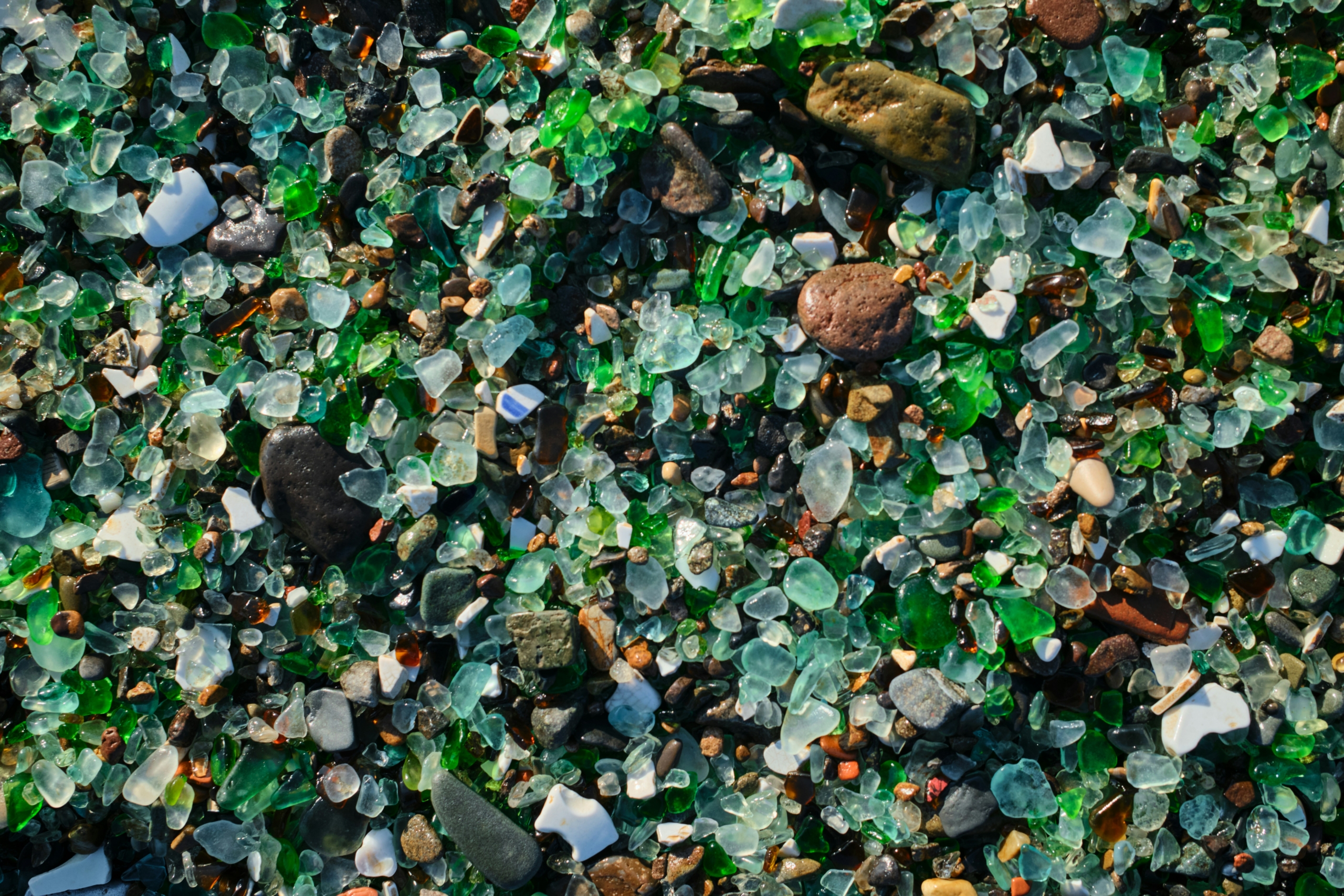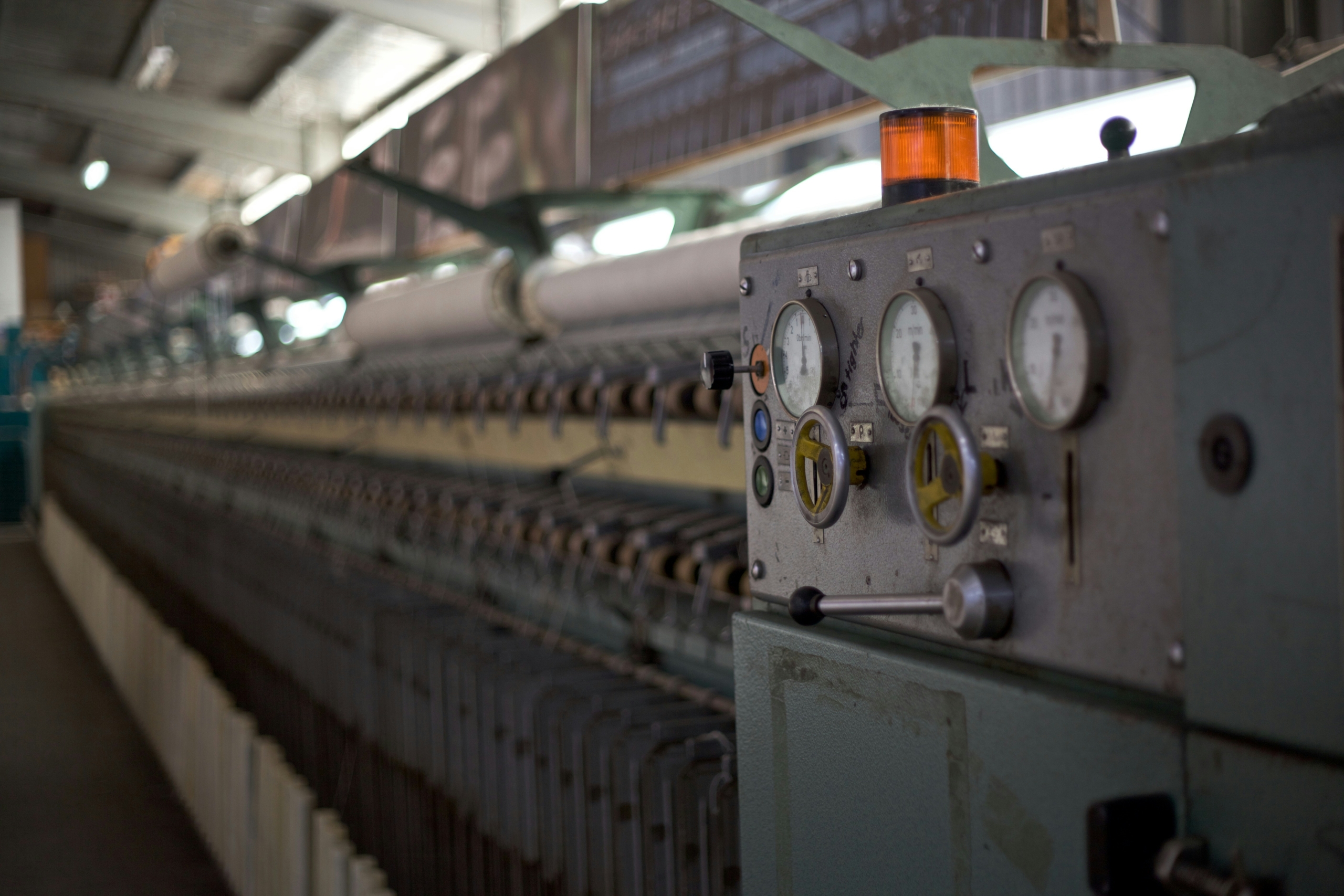In modern manufacturing there are two production methods that dominate the discussions around innovation and efficiency. These are plastic injection molding vs. 3D printing. Both technologies have revolutionized how companies design, prototype, and produce parts, but their strengths and applications for production runs differ greatly.
Understanding when to use each option in the manufacturing process can significantly impact your product quality, production time, lead times, turnaround times, and total cost of ownership. Whether you’re developing a prototype or scaling up for mass production, the right process choice depends on your project’s goals, design complexity, and volume requirements. Here’s what to consider, and when to choose injection molding over 3D printing technologies.
Overview: Two Paths to Plastic Part Production
Both custom plastic injection molding and using a 3D printer create plastic parts, but they do so in fundamentally different ways. Injection molding involves injecting molten plastic into a precision-machined steel or aluminum mold, which shapes and cools the material into its final form. It’s ideal for high-volume, repeatable production where tight tolerances and consistent quality are critical.
For Plastic Injection Molding Quotes
Cost Comparison: Upfront Investment vs. Scalability
One of the most important considerations in a molding vs 3D printing cost comparison is production scale. An injection molding machine requires an upfront investment in mold tooling, which can range from a few thousand to tens of thousands of dollars depending on part complexity and material choice. However, once the mold is built, the cost per part drops dramatically. That can make it the most economical option for high-volume production.
As a comparison, 3D printing has virtually no tooling costs. You can produce a part directly from a CAD file, making it ideal for small runs or iterative design changes. But while the entry cost is lower, each printed part remains relatively expensive in terms of material and machine time, especially as production scales up in a high pressure environment.
Production Speed and Efficiency
When evaluating when to choose injection molding over 3D printing, production speed often becomes a deciding factor. While 3D printing is unmatched for rapid prototyping and design validation, this advantage diminishes as volumes rise. Each printed part takes time to build, and scaling production is not as efficient.
Injection molding, on the other hand, requires time upfront for mold design and fabrication, but once the tool is complete, cycle times are incredibly fast, often being just seconds per part. This makes it one of the best manufacturing methods for projects requiring thousands or millions of identical components.

Material Capabilities and Performance
The materials used in plastic injection molding vs. 3D printing differ both in variety and mechanical performance. Injection molding supports an extensive range of thermoplastics and thermosets, like ABS, polycarbonate, nylon, PEEK, and polypropylene. Many of these offer engineering-grade strength, heat resistance, and chemical stability. Parts made through this method are fully dense and capable of withstanding demanding applications.
3D printing materials, while improving rapidly, still lag behind in mechanical consistency and durability of the finished part. Common printing materials like PLA or ABS-like photopolymers are suitable for prototypes and conceptual testing but may lack the strength, precision, or temperature resistance needed for a production-grade final part.
That said, advancements in additive manufacturing, such as reinforced filaments and powder-bed fusion technologies, are narrowing this gap, especially for niche or custom applications.
Tolerances, Accuracy, and Surface Finish
Custom plastic injection molding excels in dimensional accuracy and surface quality. The process can achieve tolerances within microns, and parts that have the right material selection from the beginning come out of the mold with smooth finishes, eliminating or reducing post-processing needs.
3D printed parts, depending on the technology, may require support removal, sanding, or polishing to achieve similar results. Layer lines are often visible, and tolerances may vary due to thermal contraction of the molten material or printer calibration.
Design Flexibility and Complexity
3D printing shines when it comes to design freedom and on-demand design. Since it builds parts layer by layer, there are virtually no geometric constraints, and that allows for complex internal features, lightweight lattice structures, and organic shapes that would be impossible or costly to mold.
Injection molding has design limitations related to mold release, draft angles, and uniform wall thickness. However, by applying strong DFM (Design for Manufacturability) principles, engineers can often incorporate intricate details while maintaining manufacturability and strength.
For more insight into optimizing molded part designs, visit What is Custom Plastic Injection Molding: Process, Materials & Industries for expert guidance on the design-to-production process.

Durability and Long-Term Performance
If your product requires high impact resistance, thermal stability, large order quantities, or exposure to chemicals or stress, the benefits of custom injection molding become clear. Injection-molded parts offer superior material density, strength, and repeatability for lower overall part cost, all of which are critical for demanding applications like automotive, medical, and industrial equipment.
While 3D printed prototypes are excellent for testing form and fit, they often cannot replicate the end-use performance of molded plastics, as injection molding produces parts that can withstand years of use without degradation. That creates unmatched longevity and reliability.
Sustainability and Waste Reduction
Both processes have made strides in environmental responsibility. Injection molding can incorporate regrind material and optimize cycle times to minimize waste in the printing process, and many resins are recyclable. The long lifespan of molded products also contributes to sustainable production.
3D printing generates minimal scrap, as material is deposited only where needed. However, some photopolymer resins are not recyclable, and energy use per part can be higher during large-scale runs. Ultimately, both methods can be environmentally conscious, but how much so will depend on material choice and process optimization.
The Future of Injection Molding and Additive Manufacturing
The line between injection molding and 3D printing is becoming increasingly blurred as hybrid manufacturing approaches emerge. Many companies now use 3D printing for rapid prototyping or mold inserts, then transition to full-scale molding for production.
Automation, digital twins, and smart sensors are also transforming molding operations, improving efficiency, and reducing downtime. To explore how these innovations are shaping the industry, visit What is the Future of Plastic Injection Molding.
Choosing the Best Process for Your Project
When deciding when to choose injection molding over 3D printing, consider a custom injection molding company Illinois businesses trust. Be sure to consider the following:
- Volume: For large-scale production, injection molding is far more cost-effective.
- Speed: For quick prototypes or design validation, 3D printing is the faster route.
- Performance: For parts requiring durability and precision, injection molding wins.
- Complexity: For one-of-a-kind geometries or intricate internal features, 3D printing excels.
Each technology serves a distinct purpose. 3D printing empowers innovation and agility, while injection molding delivers proven reliability and scalability.
Contact CBM Plastics USA for your plastic injection molding quote.
Let us help you with a custom injection molding quote for your project.
FAQs For Plastic Injection Molding
If your company requires plastic components made to exact specifications on a timeline and schedule that works for you and your customers, injection molding will likely add ongoing benefits to your company and enhance its bottom line.
Production time varies depending on the specifics of your order. However, with the right machinery and equipment, you can expect fast production times and good communication that will keep you informed about when you can expect your order.
CBM Plastics provides the highest product quality and takes plastic injection molding seriously. This allows you to have confidence in your order and ensures your customers will receive products with lasting components.
A plastic injection molding machine provides high precision and consistency in creating parts, helping to reduce scrap rates and improve product quality. This leads to lower costs and enhanced customer satisfaction by meeting exact specifications and timelines.
Waste reduction is crucial in plastic injection molding as it leads to cost savings and environmental sustainability. A molding injection machine ensures precise production, which minimizes material waste and enhances overall efficiency.
For More Frequently Asked Questions About Custom Plastic Injection Molding Check Out This Comprehensive Resource.

